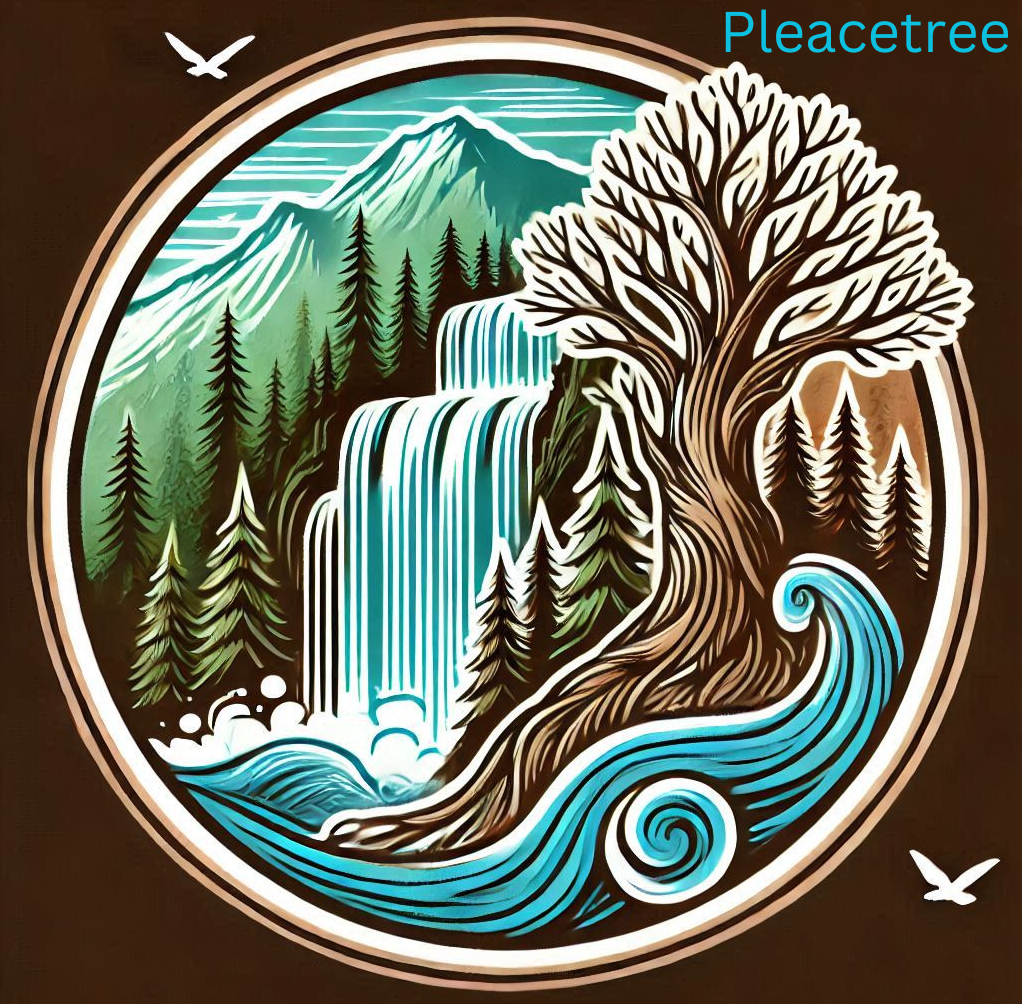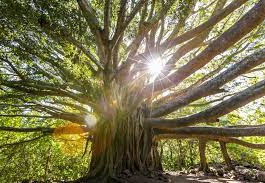
Since I have been able to explore on my own, I have set out to see some of the most gigantic trees on the planet. Scientists are able to determine how old a tree is in one of two ways; either by a term known as dendrochronology or (tree ring dating) which is counting the number of growth rings on the inner heartwood and by the sapwood that occur annually (one ring equals one year). The best way to clearly see the rings is when a tree trunk is cut horizontally at the base. With Dendrochronology scientists can determine the different seasonal atmospheric climate conditions that can be clearly seen by the spacing of the growth rings. Wider growth rings represent a warmer healthier wetter year whereas narrower growth rings represent distress such as fire, disease, or pests.
The other way to date the age of trees or all other living things is by carbon dating. All living objects absorb carbon from the atmosphere plus the food sources that are around them. They also absorb a certain amount of natural carbon 14, so when the species parishes it stops absorbing carbon. However, the radioactive carbon that was gathered continues to decay over time. So measuring the amount of carbon left gives scientists an estimate of when something has passed.
Pando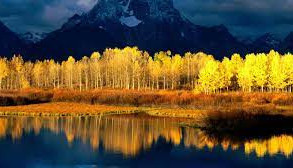
The oldest living organism in the world is Pando with an estimate of 80,000 years. This tree is a Quaking Aspen (Populous tremuloides) that lives in the Fishlakes National Forest in the Wasatch mountains of Utah. While most old trees are individual, Pando on the other hand is a clonal colony that shares a massive underground root system with all the above-ground trees that are genetically identical to one another. This rare phenomenon has lived for so long because it was able to continuously clone itself.
This Aspen clonal colony spans over 106 acres (43 hectares) plus it is the heaviest living organism with a weight of 6,600 tons (6,000,000 kilograms)
The tallest tree in the world Hyperion
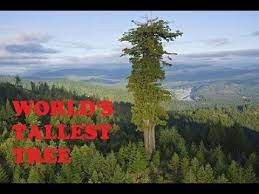
The tallest living tree in the world goes out to Hyperion the greek god of heavenly light whose name means “watcher from above”. it is a Coastal Redwood (Sequoia sempervirens) that has a height of 380′. This tree’s precise location is not documented but it is somewhere in Red Wood National Park or surrounding state parks. Researchers have climbed the tree to find substantial woodpecker damage at the top otherwise it would probably be much taller. Redwoods can live up to 2,200 years old, however Hyperion is estimated to be 600 to 800 years old. Not far from Hyperion the forest was clear cut in the past so without the national park and state park systems getting preserved this tallest monolith would not be there today.
Many scientists believe that if the coastal redwoods were not logged early on that many would be the same size as the sequoias in mass.
The most massive single tree on earth General Sherman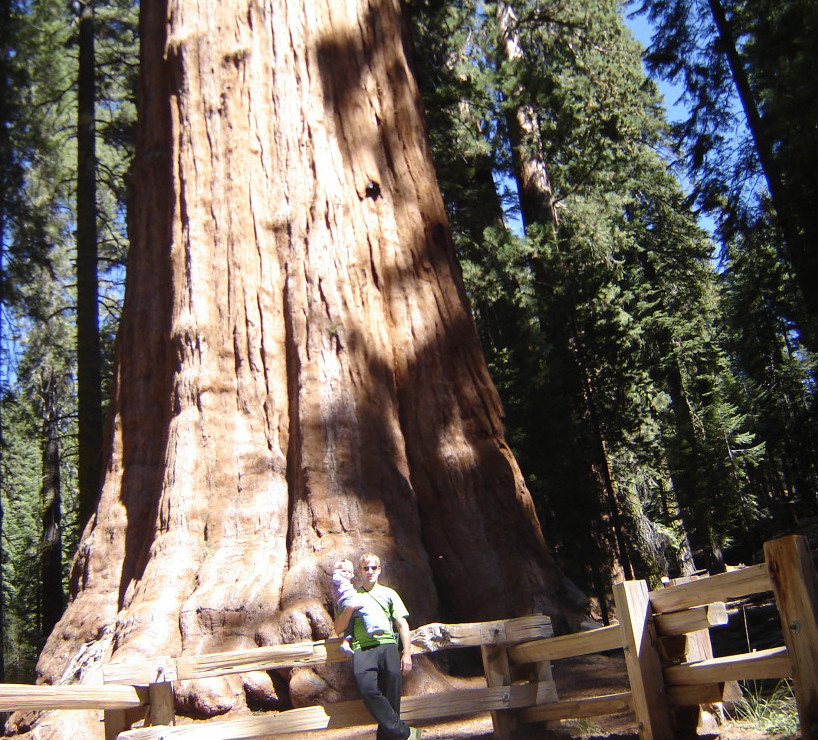
The largest most massive single tree in the world goes n to General Sherman which is a Giant Sequoia,(Sequoiadendron giganteum) that is located in the Giant Forest Grove of Sequoia National Park in the Sierra Nevada mountains of west central California. The height of General Sherman is 275′(838m), a circumference of 102.6′(31.3m) with a volume of 52,478′(1,486 m cubed)
The oldest livng tree is the Great Basin Bristle Cone Pine
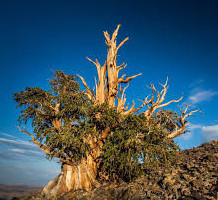
The Great Basin Bristle Cone Pine (Pinus longaeva) also named [Methuselah] after the oldest biblcal figure, is the oldest living non clonal single tree on earth estimated to be 4,850 years of age. This ancient tree is located in the White Mountains of Inyo county California. Some years the bristle cone pine doesnt even grow a growth ring because it grows so slow in very harsh arid mountian conditions with a short anual cycle. These trees are also found growing in Utah and Nevada as well as Califorinia. Bristle cone pines are very useful to scientists to be able to study climate change because of their age.
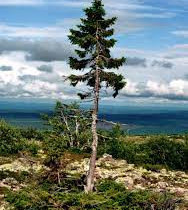
The oldest Norway Spruce
This tree speciman is not from the United State but I thought I would mention it because of its age. It is a Norway Spruce (Picea abies) from Fulufjället Mountain of Dalarna province in Sweden. This particular tree is a clone that regenerates its roots, trunk and branches in the same spot unlike Pando. It is estimated to have been living for 9,550 years continously cloning itself.
The Jurupa Oak
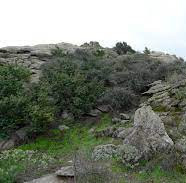 Otherwise known as the Palmers Oak (Quercus palmeri) is found in the Jurupa Mountains, Crestmore Heights, California. The tree like the Pando that grows in a clonal colony was first discovered in 2009 with 70 clusters of stems with a height of 3 feet. By the size of the root system it is estimated to be 13,000 years old.
Otherwise known as the Palmers Oak (Quercus palmeri) is found in the Jurupa Mountains, Crestmore Heights, California. The tree like the Pando that grows in a clonal colony was first discovered in 2009 with 70 clusters of stems with a height of 3 feet. By the size of the root system it is estimated to be 13,000 years old.
Kapok Tree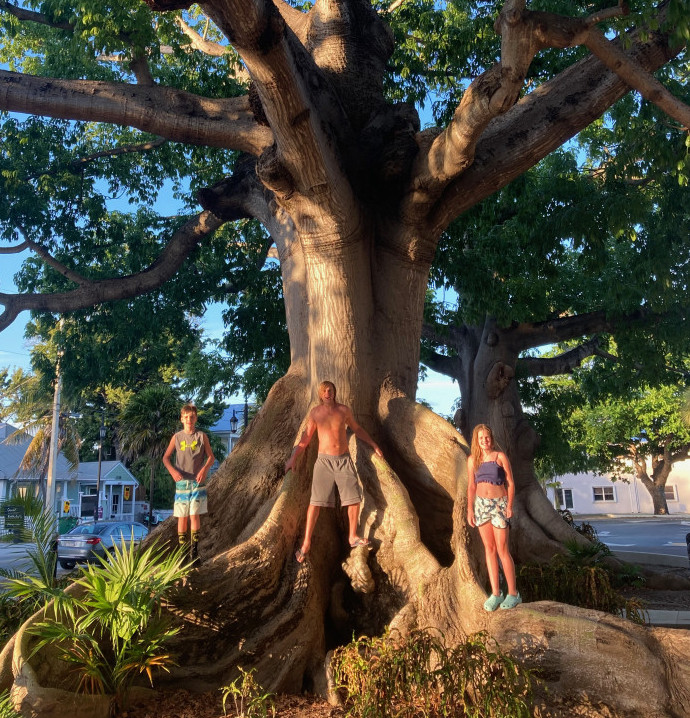
When it comes to massive buttress roots that stabalize this tree in the soil in warm tropical storm region rain forests around the world it is the Kapok tree (Ceiba pentandra). This trree is often seen growing to heights up to 250′ with a width over the butress roots from 10′ to 20′. It is native to the Caribean, Central America, Mexico, South America, Africa and South east Asia. The Kapok tree bark has been used medicinally in a decoction to treat headaches, a diuretic, an aphrodesiac and to treat type 2 diebetes. During world war 2 the trees fibers where used to make mattresses, pillows, and life preservers because of its boyancy.
Arbol del Tule
The tree with the stoutest trunk in the world is named Árbol del Tule in Mexico its nahuati name means ‘old man of the water” where it is often determined to live to 1,400 years. This massively stout tree is a Montezuma cypress (Taxodium mucrnatum). Its height is only 116′ tall, but the diameter is 30.8’. It is often seen growing in California as well.
THIMMAMMA MARRIMANU 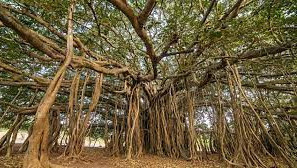
A tree that has the record for the widest canopy out of any tree species on the globe that covers 4,721 acres is the Banyon tree (Ficus benghalensis), from Kadiri, Andhra Pradesh, India. The tree has only had the fortune to get this vast because the local Indian forest department puts great effort into re-enforcings its root system where they also set up a under ground sprinkler system to keep the tree well hydrated in the arid climate.
Centurion 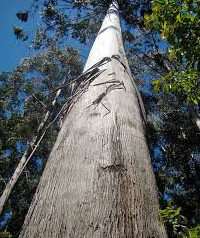
For this tree you would have to adventure to the southern hemisphere of Tasmania Australia to see the most massive tallest Mountain Ash tree (Eucalyptus regnans). This tree was named the centurion becuse it was the 100th tall tree that scientist registered using a laser mapping system. It holds several records from being the tallest hardwood tree at 330′ to being the tallest flowering plant in the world.
Menara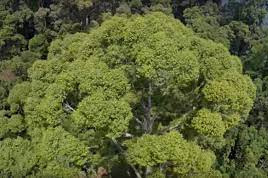
The last of the worlds most expansive tree that I am going to share with you at this time is the Menara tree named after the Malay word for “tower” is the Yellow Meranti (Shorea faguetiana) which resides on the island of Borneo in the Malaysian state of Sabah. This tree reaching an inspiring height of 331′. These trees where overharvested and put on the endangered species list before the Danum Valley Conservation Area was formed that protect these gigantic towers. Other endangered species that are protected by the tree are the clouded leopard, forest elephant, and orangutan
Conclusion
In this article I discuss 11 of the most massive trees on our planet. They are all truely majestic living monolithes that have been living for several hundred to several thousand years. These trees have truly been able to witness this world transform thoughout history. It is a great honor of mine to be able to share these expansive trees with you. If you have any questions or commets please leave one or an email.
